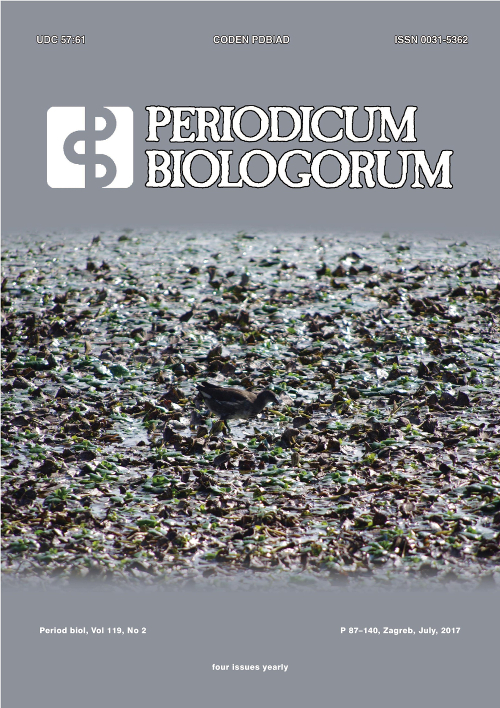Biomechanics of fetal membranes – relation with newborn and maternal anthropometric data
DOI:
https://doi.org/10.18054/pb.v119i2.4660Abstract
Background and purpose: Cyclic biaxial burst test is a novel approach in biomechanical testing of fetal membranes. The purpose of the study is to determine are there differences between cyclic biaxial burst test and standard burst test. Relations between newborn and maternal anthropometric data and membrane biomechanics were investigated.
Materials and methods: Thirty-nine fetal membranes were tested. Each membrane was cut in half acquiring one half closer to placenta and one closer to cervix. Samples for tensile, biaxial cyclic and standard tests were taken from each. Maternal and newborn anthropometric data was examined.
Results: Cyclic burst pressures were significantly higher than standard burst pressures in samples closer to placenta (83.8 ± 19.4 vs 69.3 ± 17.9 mmHg;p<0.001) and cervix (67.9 ± 23.4 vs 58.1 ± 15.8 mmHg;p=0.013). When compared according to type of delivery, cyclic pressures were higher than standard in c-section samples (80.6 ± 22.4 vs 59.1 ± 14.8 mmHg;p<0.001) and vaginally delivered samples (73.5 ± 22.7 vs 65.9 ± 18.6 mmHg; p=0.017). Positive correlation between pregnancy BMI and uniaxial test rupture force was established.
Conclusions: Cyclic biaxial test is closer to physiological conditions and tests membrane viscoelastic properties better than standard test. A positive correlation between maternal pregnancy BMI and uniaxial force-to-rupture may indicate a connection between maternal nutritional status and fetal membrane strength.
Downloads
Published
Issue
Section
License
The contents of PERIODICUM BIOLOGORUM may be reproduced without permission provided that credit is given to the journal. It is the author’s responsibility to obtain permission to reproduce illustrations, tables, etc. from other publications.


